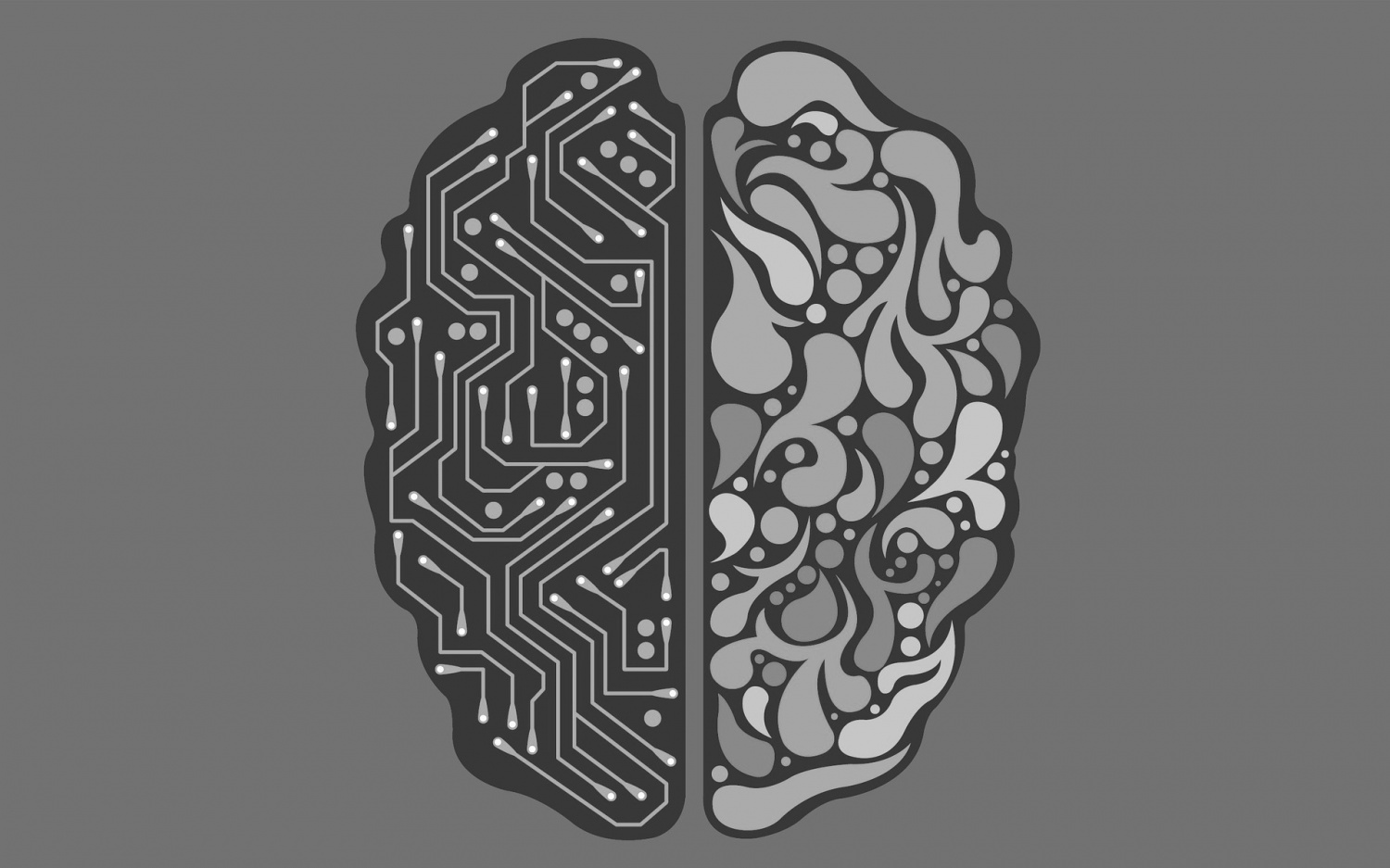
Adoption to working with new technologies is either something you're naturally good at, or you're just not. But is that a true statement? There are, of course, many 'people factors' to consider. Some people just seem to be able to pick up anything from a TV remote control to an Apple watch, tap the thing a couple of times and achieve whatever it was they wanted in moments. Others can be close to tears in frustration when trying to do the exact same thing.
It may be that competence and willingness to adopt to new technologies is generational. So many grandparents become wracked with irritation when trying to use an iPad, then simply hand the device over to their 12-year-old grandchild, who fixes their problem in three or four taps. Then again, some people's brains work differently than others 'visually'. One person can understand that a little magnifying glass icon means 'search' and three horizontal lines represent a burger menu to tap; others just stare at the screen praying for a large link in bright bold red uppercase text stating 'Search Here'
Techno Blues
Fortunately, such technology blues are going to become considerably less onerous with the advent of the AI-powered digital adoption platform - or DAP. A DAP is really nothing more than a hyper-personalized TutorBot, that provides turbocharged tooltips at the time they're most needed, without the software operator having to ask for help. The DAP anticipates when the person is going to struggle at any given point and offers assistance when it's most needed.
A DAP sits alongside whatever software is being used, running as a 'teaching layer' in the background. The DAP platform can either work with Software as a Service (SaaS) 'cloud' packages, or even installed directly into one laptop or across an enterprise's server based on-premises, even on a phone or a tablet. The beauty of the DAP is the hyper-personalization and analytics aspects of its functionality. It very quickly learns the way in which each individual operator works and customizes its output accordingly.
For example, let's imagine that the DAP is being used in a work situation with a new employee working for the first time on a Customer Relationship Management (CRM) system or an unfamiliar word processing package. Everyone's first days on any new job are nerve-wracking, and the new starter must also contend with learning how to input sales orders and payments onto the CRM platform. That can be difficult enough, even when the person can walk over to a colleague's desk and ask what they should input into field X, but then imagine that same employee after a few days working from home, where there are no colleagues physically close by to ask for help.
One on one tech teaching
From day one, the DAP works on a personal basis, so our new employee Manjeet logs onto the CRM platform. Immediately the DAP, using only Manjeet's account, is loaded alongside the primary software package. In page one of the CRM, Manjeet makes the mistake of trying to input two decimal places into a monetary amount field, but the system only wants the figures rounded to whole numbers. The first time Manjeet enters $37.85, the error message from the DAP might appear stating "please round this figure up or down to the nearest whole dollar amount. Decimal places are not allowed in this field"
Crucially, the DAP remembers Manjeet's actions. If she repeats the error a second time, the same message might appear. But when Manjeet starts the process for a third time, before she even inputs any figure into the $ field, the DAP might give a proactive hint, before she even touches a key: "Manjeet, please remember that this field only accepts whole dollar amounts, please round up or down...". Manjeet doesn't then make the error. Let's imagine now that Manjeet has learned not to make the same error, after she has acted correctly at that point in workflow for the next, say, half a dozen inputs. The DAP will remember that Manjeet has learned the correct procedure for that screen.
From ChatBots to the Metaverse
The hyper-personalization of the DAP is very neat here, because if Manjeet is on vacation one week and a colleague, Robert, logs into that same workstation, the DAP will understand that Robert likewise knows about entering whole dollars in that field, but he's still not gotten to grips with the entering of company email address formats. In this way, the DAP remembers what each and every employee knows, the best way they learn, how quickly they pick up new things and whether or not extra training might be required.
Of course, DAPs aren't only going to be used in work situations. Gramps with his iPad might soon outsmart his granddaughter. Gamers will learn faster, the Metaverse will be a place where the DAP might be represented as an angelic avatar; and what with the 'rise of the machines' of GTP's new hyper-smart ChatBots, software updates will become more regular and more impactive.
There's a whole new world out there, in every technology we use. Head-scratching over changes in tech, whether it's a new update in the workplace CRM or someone switching from Android to iPhone; it's all going to be a lot less problematic, for young and old, the tech savvy and the dinosaurs alike.
* This is a contributed article and this content does not necessarily represent the views of techtimes.com





